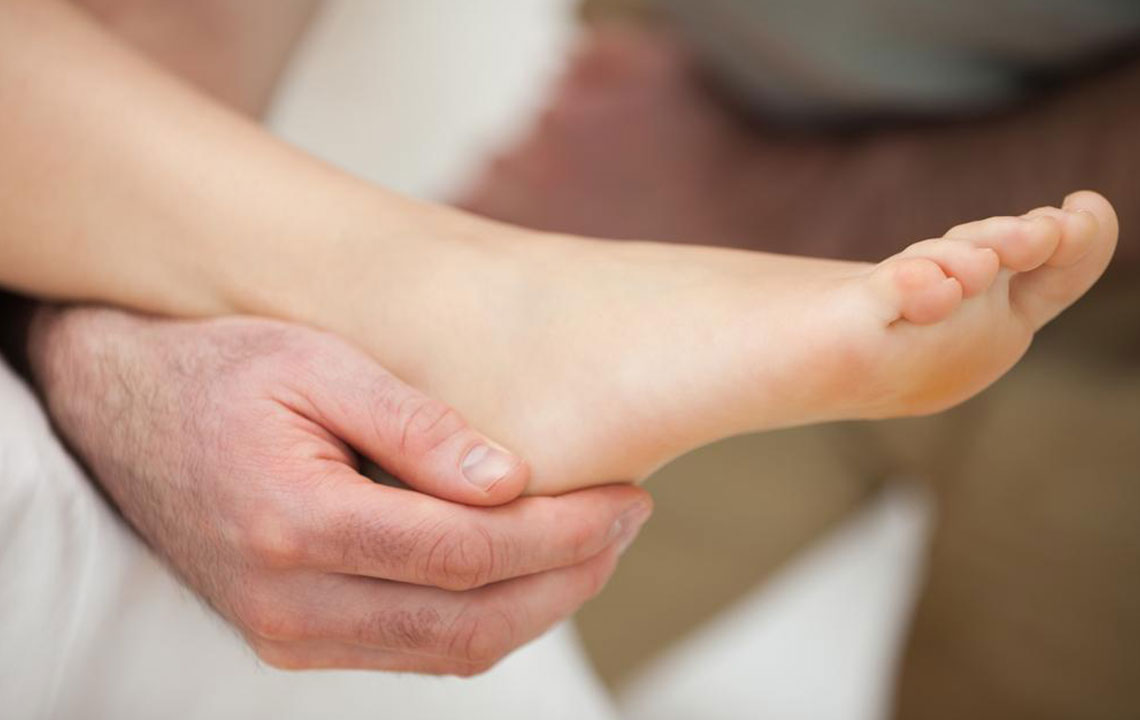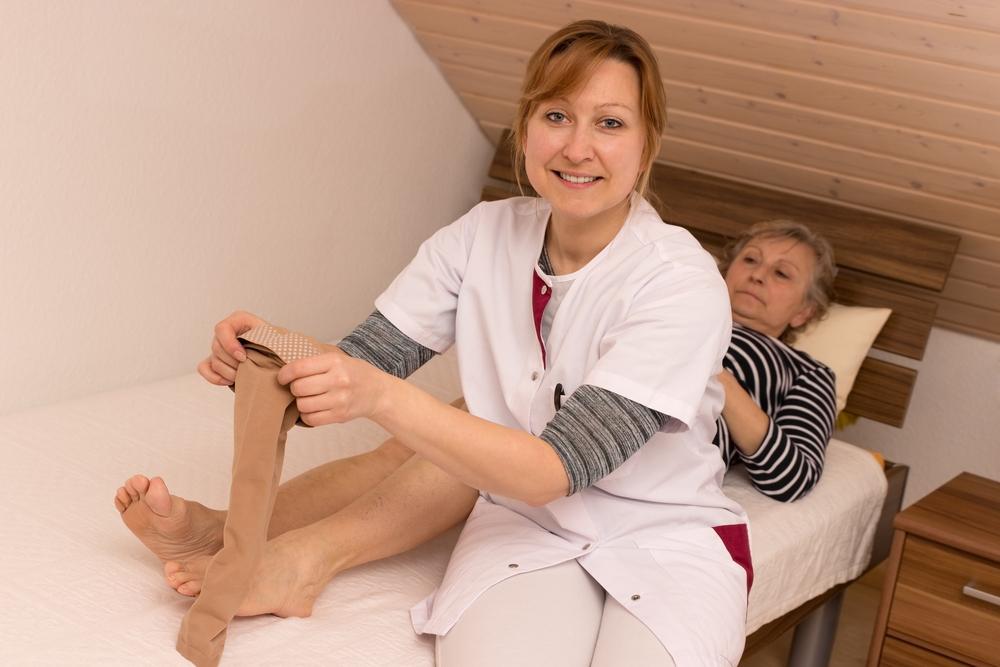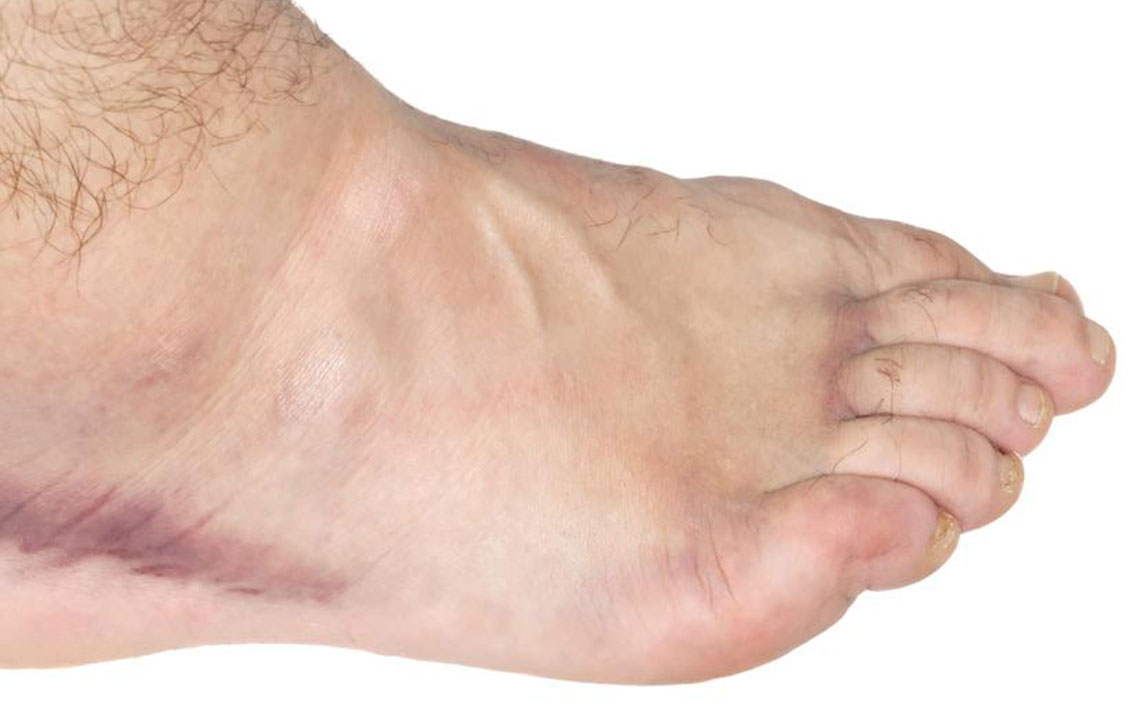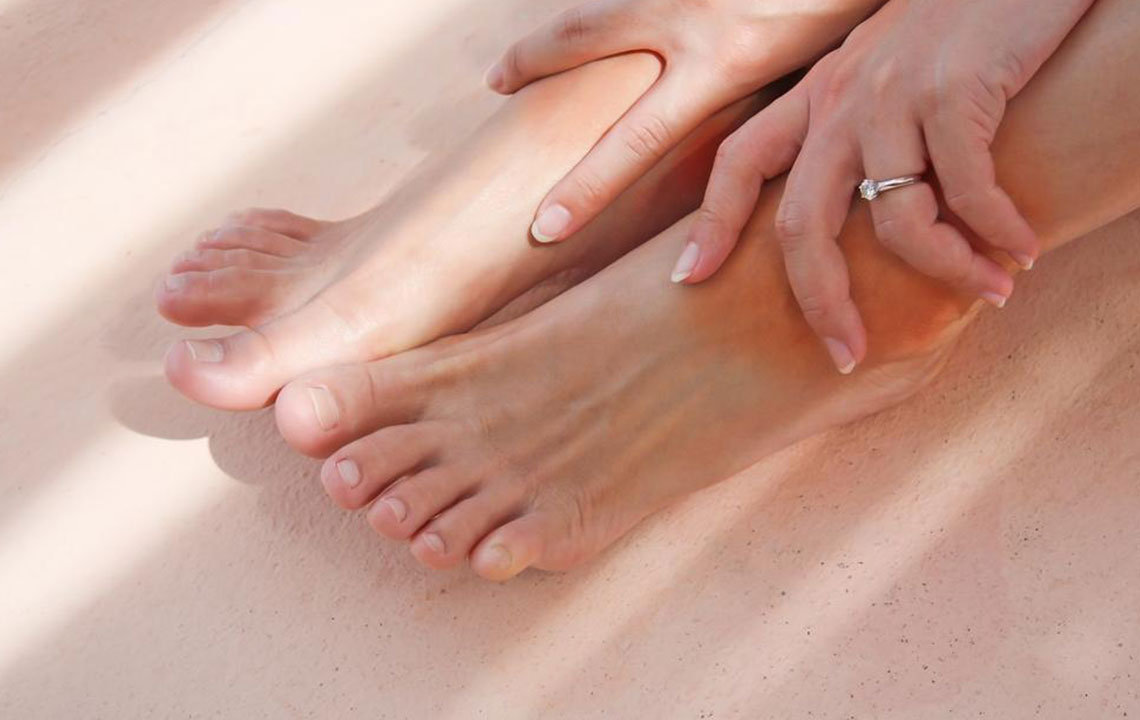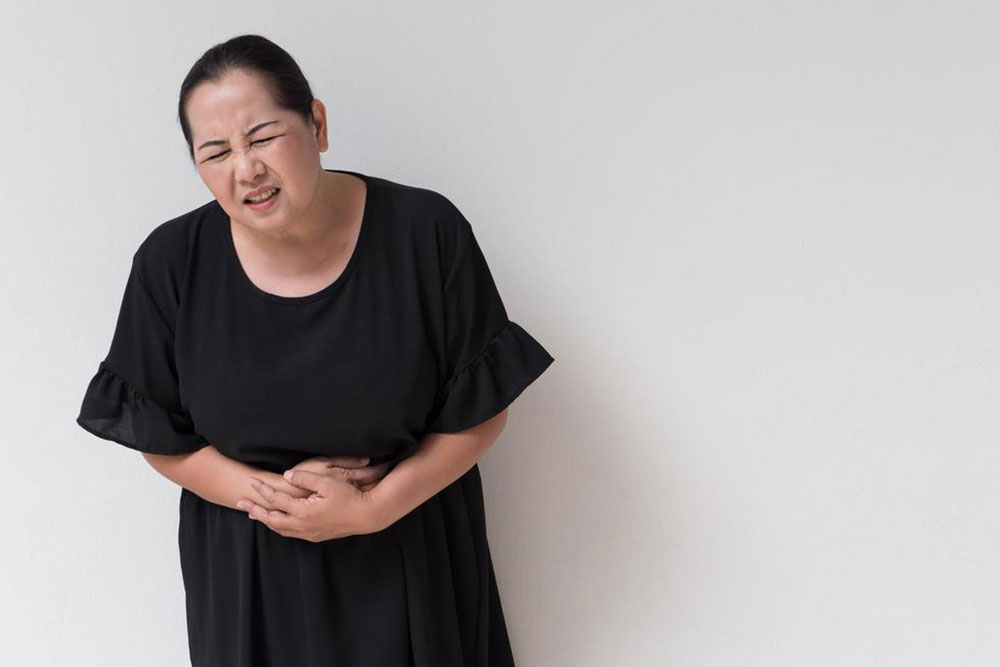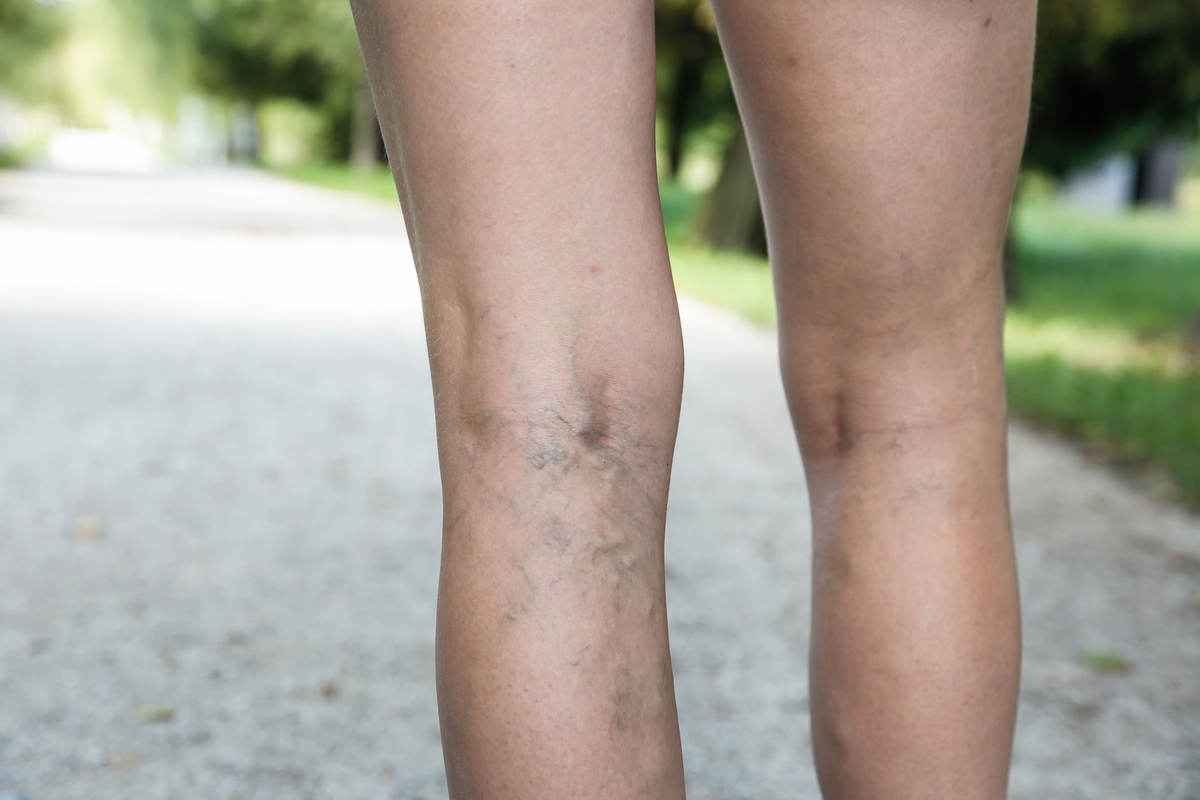Effective Approaches to Managing Varicose Veins
Discover comprehensive methods to treat and manage varicose veins, including lifestyle changes, medical procedures, and advanced laser treatments. Learn how these approaches can alleviate symptoms, improve circulation, and prevent recurrence with minimal downtime and discomfort.
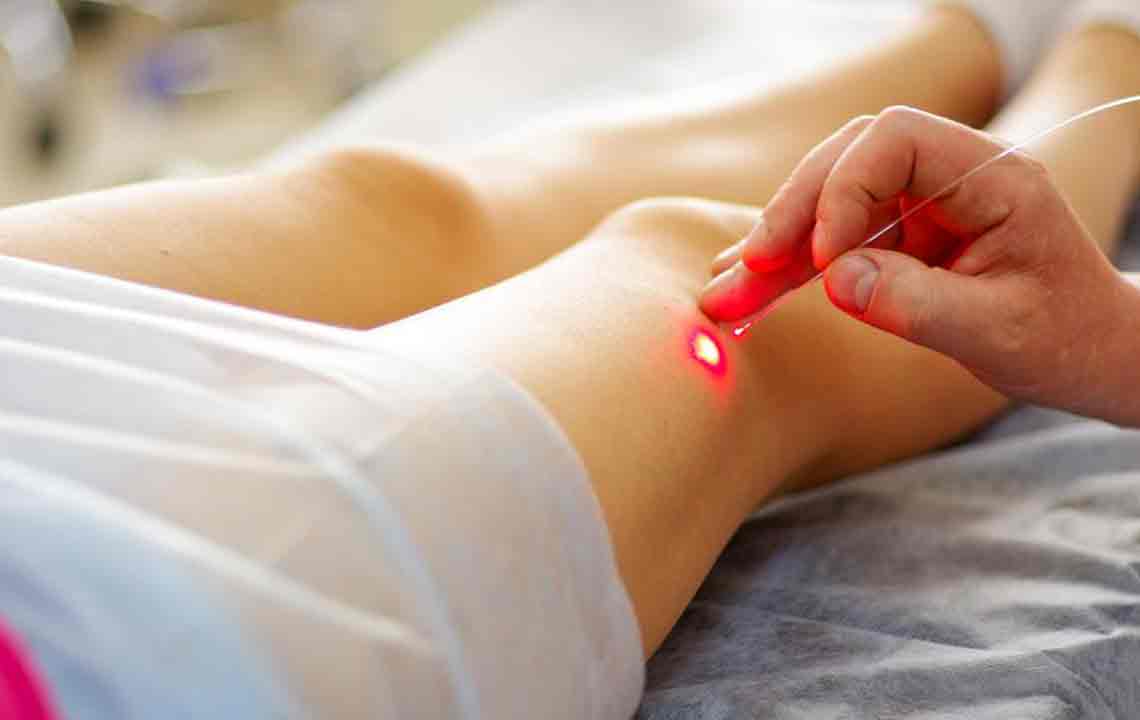
Strategies for Managing Varicose Veins
Varicose veins are enlarged, twisted veins that often display purple or red hues, primarily affecting the veins in the lower legs. These veins endure increased pressure when standing, leading to their appearance. They result from valves in the veins failing, causing blood to pool back in the veins, especially in the lower limbs which are farthest from the heart, making blood return more difficult.
While often benign and painless, some individuals experience significant discomfort or swelling. Severe cases rarely require surgery.
To manage varicose veins, consider these approaches:
Lifestyle Modifications
Adjust daily routines by avoiding prolonged standing or sitting, which increases pressure in leg veins. Losing weight can alleviate vein pressure, reducing the risk of progression.
Exercise and Elevation
Stay active with regular physical activity to promote circulation. Elevate legs after walking or standing to facilitate blood flow back to the heart.
Medications
Pain relievers and anti-inflammatory drugs can ease discomfort and improve circulation, but should only be taken under medical supervision.
Surgical Options
Vein stripping involves removing affected veins; it's a classic method, but recurrence is common. Ambulatory phlebectomy temporarily removes varicose segments via small incisions.
Compression Therapy
Wearing compression stockings exerts pressure on the legs, aiding blood flow and reducing swelling.
Sclerotherapy
This involves injecting a special solution to close affected veins. Post-treatment, compression stockings support healing. Foam sclerotherapy is used for larger veins.
Vein Tying
Vein ligation involves suturing affected veins to prevent blood flow, similar to sclerotherapy but with sutures.
Cryosurgery
This innovative method injects gases like nitrogen to freeze and remove veins, requiring fewer incisions.
Laser Procedures
Laser therapy vaporizes surface veins without incisions, ideal for smaller veins. Endovenous laser treatment uses a fiber laser inserted inside larger veins to seal them, offering faster recovery and less pain.
Note: Our articles provide general health information. For personalized advice, consult a healthcare professional. We are not responsible for inaccuracies or deviations in other sources. Benefits from schemes or offers not covered here may exist elsewhere.

